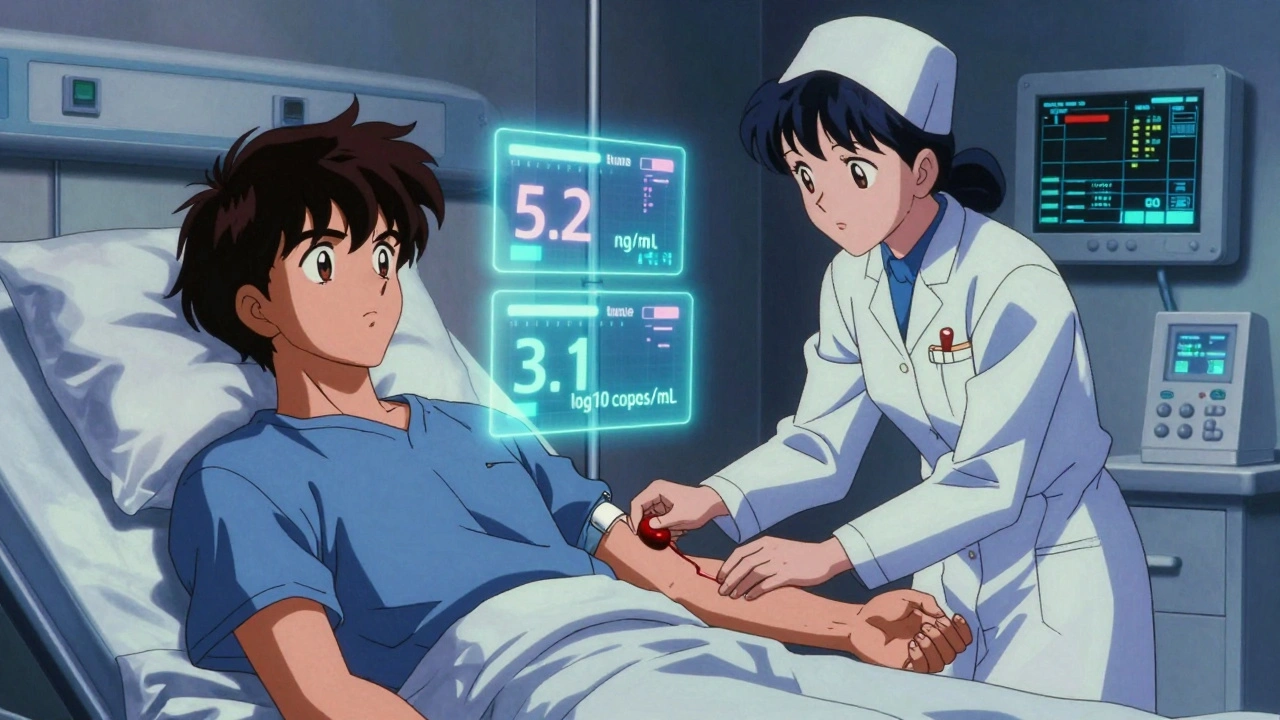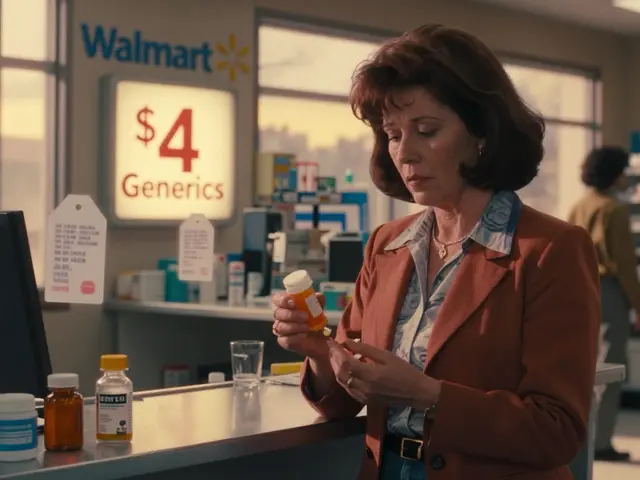Therapeutic Drug Monitoring: Why It Matters and How to Use It
Ever wondered why your doctor orders a blood test after you start a new medication? That's therapeutic drug monitoring (TDM) in action. It’s a simple way to make sure the drug is hitting the right level in your body—enough to work, but not so much that you get nasty side effects.
In plain terms, TDM is like checking the temperature of a soup while it cooks. You don’t want it too cold (ineffective) or boiling over (dangerous). By measuring drug concentrations in your blood, doctors can tweak the dose just for you.
What Exactly Is Therapeutic Drug Monitoring?
TDM focuses on medicines that have a narrow safety window, meaning the difference between a good dose and a bad one is small. Think anti‑seizure drugs, certain antibiotics, heart meds, and some painkillers. If you’re taking one of these, your doctor might order a TDM test after the first few doses and then periodically.
The process is straightforward: a lab draws a small blood sample at a specific time—often right before your next dose (a trough level). The lab runs an assay and sends the result back. Your clinician compares that number to the therapeutic range, which is the sweet spot for that drug.
How to Make the Most of TDM for Safer Treatment
First, follow the timing instructions exactly. If the test is a trough level, take it right before your next pill. Missing that window can give a misleading high or low reading, and you might end up with the wrong dose adjustment.
Second, be honest about any other meds, supplements, or lifestyle changes. Even something as simple as a new over‑the‑counter product can shift drug levels. Share that info with your pharmacist or doctor before the test.
Third, ask what the target range means for you. Some drugs have a wide range, while others are tighter. Knowing the exact numbers helps you understand why a dose change is suggested.
Finally, keep a log of your symptoms and side effects. When the doctor sees the lab numbers alongside your personal experience, it’s easier to fine‑tune the regimen.
Therapeutic drug monitoring isn’t a one‑size‑fits‑all test; it’s a personalized tool that keeps you safe and makes your medication work better. If you’ve been prescribed a drug that requires TDM, treat the blood draw as a routine check‑up—just like a blood pressure reading—but for your meds.
Got questions about when you need a TDM test or how to prepare? Talk to your pharmacist or health‑care provider. The extra few minutes now can save you from dose‑related headaches later.

